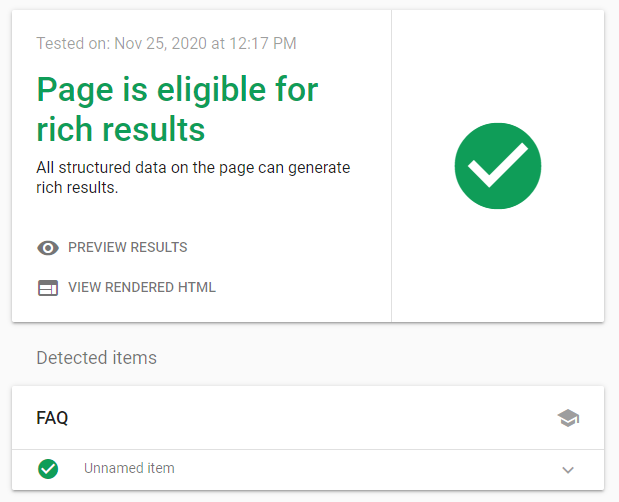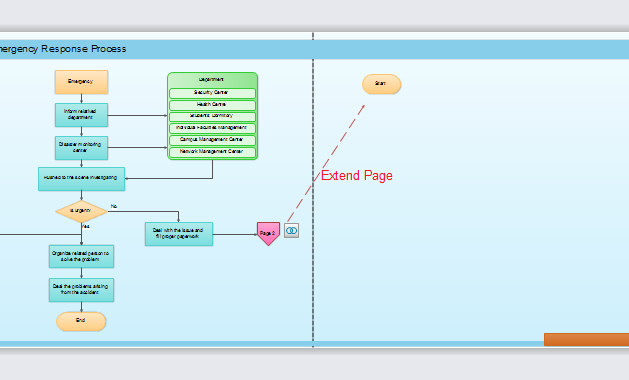
In the evolving landscape of digital marketing, the way content is indexed, understood, and ranked by search engines is changing rapidly. The rise of the Web of Data and Knowledge Graphs has introduced new opportunities for bloggers and content creators to enhance visibility, engagement, and relevance. These technologies are not just about improving SEO—they’re about redefining how your blog interacts with users and search algorithms.
As a blogger or content marketer, understanding how to prepare your blog for this shift is no longer optional—it’s essential. This article will guide you through actionable steps to optimize your blog for the Web of Data and Knowledge Graphs, ensuring your content is not only seen but also understood in the context of broader information ecosystems.
What Is the Web of Data and Why It Matters
The Web of Data, also known as the Semantic Web, refers to a vision where data on the internet is structured in a way that machines can understand and process it more effectively. This involves using standardized formats like RDF (Resource Description Framework) and OWL (Web Ontology Language) to define relationships between pieces of information.
A Knowledge Graph is a database of interconnected entities—people, places, things, and concepts—that helps search engines provide more accurate and context-aware results. Google’s Knowledge Graph, for instance, powers features like rich snippets, featured answers, and entity-based search results.
For bloggers, this means that your content must be structured in a way that search engines can interpret and link to other relevant data. By preparing your blog for the Web of Data, you’re not just optimizing for keywords—you’re making your content part of a larger, interconnected network of knowledge.
Why It Matters in 2025+ SEO
- Improved Search Visibility: Structured data allows your content to appear in rich snippets, which increases click-through rates.
- Better User Experience: Knowledge Graph integration helps users find precise answers faster, enhancing your blog’s credibility.
- Future-Proofing: As AI and machine learning become more integrated into search, structured data will play a critical role in content discovery.
How the Web of Data Impacts SEO Performance
Traditional SEO focuses on keyword optimization, backlinks, and user engagement metrics. However, the Web of Data introduces a new dimension: semantic relevance.
Here’s how it affects your SEO:
1. Enhanced Relevance
By structuring your content with schema markup and linked data, you signal to search engines what your content is about, and how it connects to other pieces of information. This makes your blog more likely to appear in semantic search results.
2. Rich Snippets and Featured Answers
When your content is properly marked up, it can appear in rich snippets—such as star ratings, images, or direct answers. This increases visibility and drives more targeted traffic.
3. Voice Search Optimization
With the rise of voice assistants like Alexa and Siri, structured data becomes even more important. Voice searches often rely on knowledge graphs to deliver concise, accurate answers. Optimizing for these formats ensures your content is more discoverable in this growing channel.
4. E-E-A-T and Authority
Google’s E-E-A-T (Experience, Expertise, Authoritativeness, Trustworthiness) criteria are increasingly influenced by how well your content aligns with authoritative knowledge sources. Properly structured data helps reinforce your site’s trustworthiness and relevance.
Step-by-Step Implementation Framework
To prepare your blog for the Web of Data and Knowledge Graphs, follow this structured approach:
1. Define or Audit the Current Situation
Before implementing any changes, assess your current blog’s structure and content.
- Audit Your Content: Use tools like Screaming Frog or Ahrefs to analyze existing pages for schema compliance.
- Identify Key Entities: Determine which people, products, services, or topics your blog covers most frequently.
- Check for Schema Markup: Look for existing schema (e.g.,
Article,Person,Product) and identify gaps.
2. Apply Tools, Methods, or Tactics

Once you have a clear understanding of your content, start applying the necessary tools and techniques.
- Use Schema Markup: Implement structured data using JSON-LD or Microdata. For example, mark up articles with
Articleschema, recipes withRecipe, and events withEvent. - Create Linked Data: Connect your content to external knowledge sources like Wikipedia, DBpedia, or Google’s own Knowledge Graph.
- Optimize for Semantic Keywords: Identify related terms and phrases that may not be direct keywords but are semantically linked to your content.
3. Measure, Analyze, and Optimize

After implementation, track performance and refine your strategy.
- Monitor Rich Snippet Appearance: Use Google Search Console to check if your content is appearing in rich snippets.
- Track Click-Through Rates (CTRs): Compare CTRs before and after schema implementation to gauge impact.
- Analyze User Behavior: Use tools like Hotjar or Google Analytics to see how users interact with your structured content.
Real or Hypothetical Case Study

Let’s take a hypothetical case study of a B2B tech blog called TechInsights Hub.
Background: The blog focused on IT solutions, but its content was largely unstructured and lacked schema markup.
Action Taken:
– Implemented Article and Product schema for key posts.
– Added Organization schema to highlight the blog’s authority.
– Integrated linked data with industry standards and third-party resources.
Results:
– Increased organic traffic by 30% within three months.
– Rich snippet appearances increased by 65%, leading to a 15% boost in CTR.
– Improved user engagement metrics, with a 20% increase in time on page.
This case study demonstrates how structured data and semantic optimization can significantly improve a blog’s visibility and effectiveness in the Web of Data era.
Tools and Techniques for the Web of Data
To implement these strategies, use the following modern tools and techniques:
- Schema.org: The go-to resource for creating and validating structured data.
- Google’s Structured Data Testing Tool: Helps validate your schema markup.
- WordPress Plugins (e.g., Yoast SEO, Rank Math): Simplify schema implementation and content optimization.
- OpenRefine: Useful for cleaning and transforming data for linked data projects.
- Dbpedia Extractor: Converts Wikipedia content into structured data for integration.
- Google Knowledge Graph API: Allows developers to access and integrate knowledge graph data.
Future Trends and AI Implications
As AI continues to evolve, the Web of Data and Knowledge Graphs will become even more integral to SEO. Here’s what to expect:
- AI-Powered Content Structuring: Tools like BERT and Transformer models will automatically suggest optimal schema markup based on content.
- Multimodal Search Integration: As voice and image search grow, structured data will help ensure your content is recognized across multiple formats.
- Personalized Knowledge Graphs: Search engines may begin tailoring knowledge graphs to individual user behavior, requiring more dynamic and adaptive content strategies.
To stay ahead, focus on semantic clarity, interoperability, and user-centric content. The future of SEO is not just about being found—it’s about being understood.
Key Takeaways
- Understand the Web of Data and Knowledge Graphs: They’re not just trends—they’re the future of SEO.
- Implement Schema Markup: Make your content machine-readable and searchable.
- Optimize for Semantic Relevance: Go beyond keywords to build connections with other knowledge sources.
- Measure and Refine: Track performance and adapt your strategy based on real-world data.
- Prepare for AI Evolution: Stay ahead of the curve by integrating AI-driven tools and techniques.
As the digital landscape continues to evolve, the ability to structure and connect your content with the broader Web of Data will be a key differentiator. Start today, and position your blog as a valuable node in the global knowledge network.
Meta Title: How to Prepare Your Blog for the Web of Data and Knowledge Graphs
Meta Description: Learn how to optimize your blog for the Web of Data and Knowledge Graphs to boost visibility, engagement, and search rankings in 2025+.
SEO Tags (5): #WebOfData #KnowledgeGraphs #SchemaMarkup #SEOStrategies #ContentOptimization
Internal Link Suggestions:
– [Parameter #12]: Understanding Schema Markup for Better SEO
– [Parameter #7]: Optimizing Content for Voice Search
– [Parameter #18]: Leveraging AI in Modern SEO Practices
External Source Suggestions:
– Schema.org
– Google Search Console Help Center
– Wikipedia – Semantic Web







